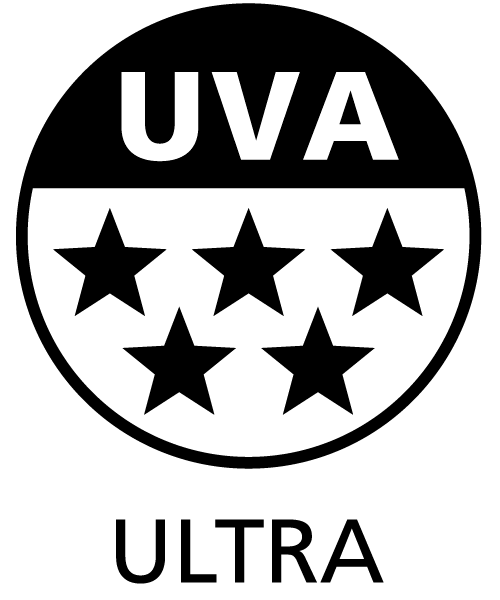Certificates and icons
Developing a brand that holds several recognized certifications in one sun care range is actually quite unique and a bit of a work of art. The various certifications each set such stringent specific requirements that they easily come to work against each other. For example, there are a lot of UV-filters on the market that are approved but are prohibited if you want to have AllergyCertified and want to be EcoSun Pass approved, but in our P20 Sensitive and P20 Kids we have made all of this come to life.








